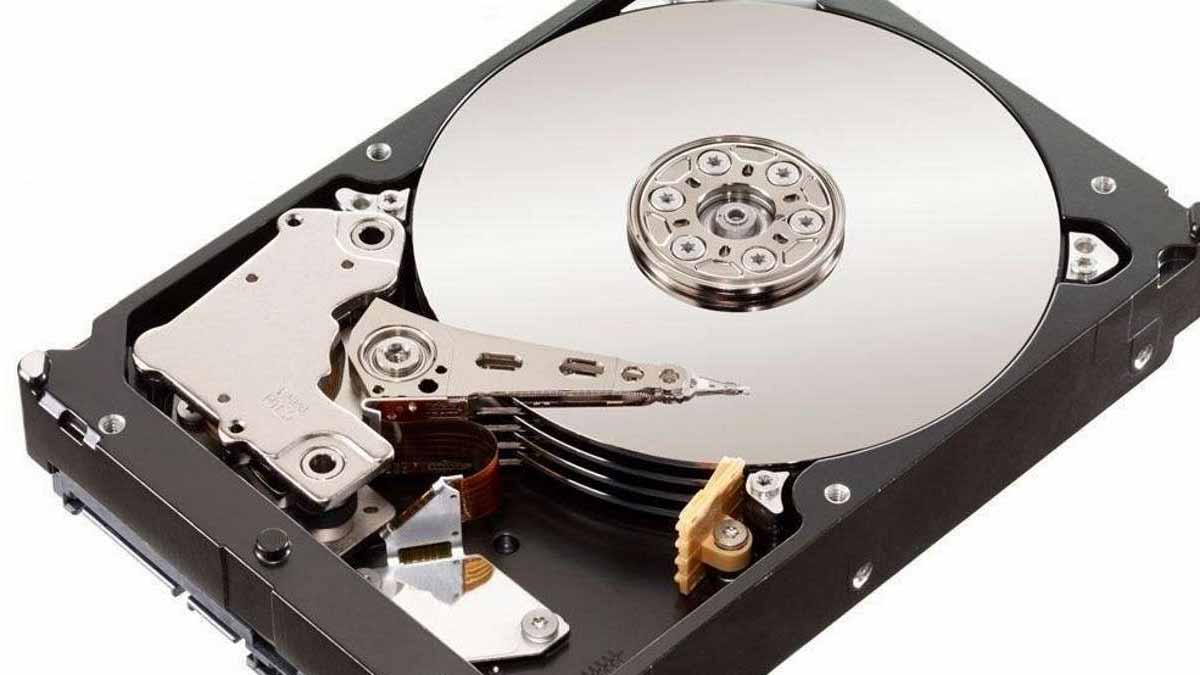A simple upgrade turned into a jolt: a “new” drive, a plug, and a flood of hidden files worth far more than the SSD itself. The surprise felt lucky, yet it raised hard questions about returns, data handling, and safety. Because the drive wasn’t empty, it forced a choice many skip—inspect first, then erase. That pause, brief and basic, changed everything.
Why These hidden files on a “New” Drive Matter
The buyer checked the contents before formatting, and the SSD was not clean. Instead, it held professional music tools used by composers and sound designers. Kontakt and Reaktor were there, stacked with libraries, projects, and installers. The stash filled nearly 800GB on a one-terabyte drive, so the scale alone suggested prior use.
He shared the find on Reddit, where replies quickly confirmed the value and the legitimacy. People recognized the software and its usual price tags. The reaction mixed amazement with worry, because the drive had been sold as new. As the thread grew, two scenarios surfaced, both plausible and unsettling.
Either the SSD was a returned unit placed back on a shelf without a proper wipe, or someone planted software to bait a buyer. The first case points to weak return handling. The second signals something worse: a trap. Both cases show how trust in the label “new” can fail, and why a quick check can save hours and headaches.
How hidden files Slip Past Return Counters
Retail returns move fast, and speed often beats rigor. Stores receive opened boxes, run cursory tests, and restock devices that seem functional. According to the National Retail Federation, electronics returns routinely flow back to shelves with minimal inspection. In that rush, data can remain intact, quietly waiting for the next buyer to find it.
That process creates risk because storage devices are different from toasters. A drive isn’t “like new” unless its contents are securely removed. Without a verified wipe, partitions, installers, and caches can linger. So a label, a seal, and a fresh sticker may hide a long digital history that never belonged to you.
There’s another angle, more dangerous because it’s intentional. Preloaded software can act as a delivery system. It may look useful, sign-posted with familiar names and tidy folders. Yet a single installer could bundle spyware or a backdoor. One click, and your system shares passwords, logs keystrokes, or opens a path to intruders.
Risks and Signals Buyers Should Recognize
Although the Reddit find involved music tools, the core risk wasn’t about art. It was about trust and verification. Because even legitimate-looking packages can carry malware, caution matters. The Electronic Frontier Foundation warns that the issue isn’t only copyright. It’s security, privacy, and the real cost of “free.”
You can’t see a keylogger by glancing at a folder tree. You won’t notice a remote-access payload by reading filenames. Malicious code hides behind normal icons and clean installers. It runs quietly, while you work, and sends your data elsewhere. That gap between what looks safe and what is safe is the real threat.
Consequently, good hygiene starts early and stays simple. Connect the drive, scan, and review. Then, before installing anything, wipe it securely. Afterward, reformat with the file system you use, and confirm capacity, health, and SMART data. When that baseline is set, the drive is yours, not a stranger’s.
Practical Steps for Consumers and Retailers
For consumers, the checklist is short and powerful. First, assume prior use, even when the box looks untouched. Second, scan the contents without opening untrusted installers. Third, perform a secure erase or full format that overwrites data. Finally, reinitialize the drive table and verify the reported size and speed match the spec.
Because modern threats blend in, add layered checks. Run antivirus and an anti-malware scan, then confirm hashes of any tools you keep. Where possible, install software only from official sources. When in doubt, test new devices inside a virtual machine or on a spare system, so mistakes can’t harm your primary setup.
Retailers have a duty too, because sloppy restocking shifts risk onto buyers. Return counters should require a documented wipe for storage. Staff should verify no partitions, installers, or caches remain. Clear procedures, plus legal awareness, reduce liability. When “open box” means “clean box,” trust recovers, and problems stay contained.
Safer Storage Starts With Simple, Repeatable Habits
This story also highlights how a few habits protect time and money. People keep music libraries, game assets, and project files on removable media. As devices move between owners, that content travels too. Without a thorough wipe, personal data leaks, licenses break, and old work becomes a stranger’s problem.
A cautious buyer documented the contents, got community feedback, and stopped before installing. He stayed curious, and it paid off. Others confirmed the tools and their value. However, “valuable” doesn’t equal “safe.” Because attackers rely on curiosity, they package bait inside polished folders. The surface glows; the risk hides beneath.
Therefore, treat every storage device as if it came from someone else. Inspect it calmly, then clear it completely. Use manufacturer tools for secure erase where possible. Afterward, format again, enable encryption, and keep backups. Small steps add up, and they create a buffer against both negligence and malice.
Staying Alert When Safe Practices Meet Tempting Finds
The twist of this saga lingers: a windfall of tools, wrapped inside hidden files, sitting on a drive sold as new. That surprise felt exciting, yet safety mattered more than luck. While returns will continue and shelves will refill, calm steps still keep you safe. Check, erase, format, and proceed—on your terms.
